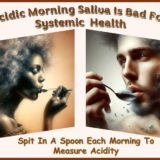Telehealth Reverse Diabetes With Low Saturated Fat Intake | Free Trial In Texas
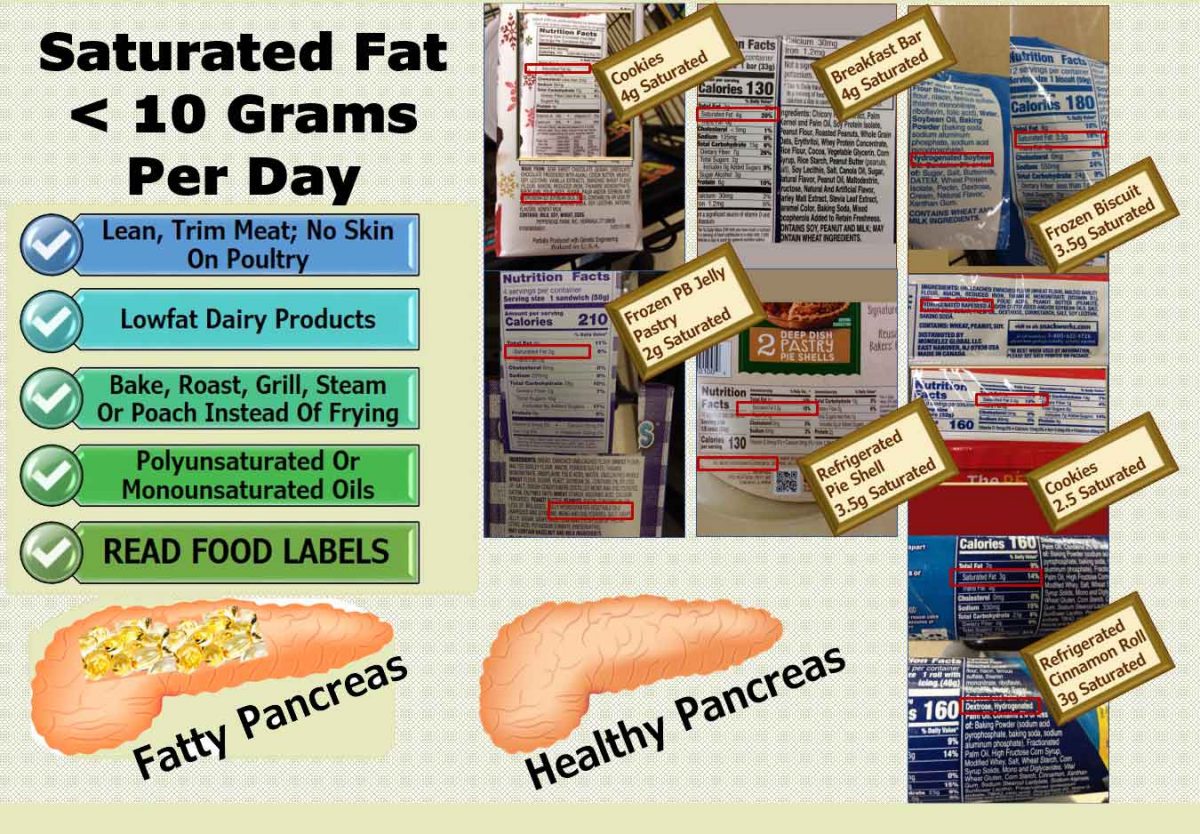
More energy than needed and nowhere to store the extra. That’s type 2 diabetes. Store less and use more. Empty out fat cells and build up muscle. Avoid saturated fat blocking clearance of sugar and fat from the blood. The issue is how to get it all just right.
Fat cells get empty when there’s not enough energy available in blood, muscles and liver. Building muscles takes all the sugar and fat from blood flowing through them. Saturated fat blocks and unsaturated fat increases insulin sensitivity.
Let us help you balance energy coming in against resting metabolic rate, insulin resistance and energy required to build and use active muscle.
To learn more about programs Herd Healthcare offers, our website is:
www.herdhealthcare.com
Body Recomposition
Usual body composition is about 25% fat (20% men and 30% women), 40% muscle (45% men and 35% women), 10% bone and 25% other organs. More muscle than fat.
Compositions of fat and muscle are different combinations of water, fat, protein and carbohydrate.

There’s much more energy stored in fat than skeletal muscle.
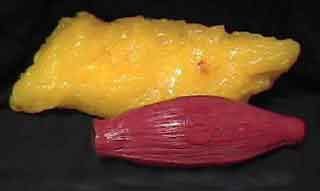 Energy released from 1 pound of fat when it is emptied is approximately 3,500 kcal. It takes essentially no energy to build and fill an empty cell.
Energy released from 1 pound of fat when it is emptied is approximately 3,500 kcal. It takes essentially no energy to build and fill an empty cell.
Energy released from 1 pound of muscle when it is emptied is about 500 kcal. It takes about 4,500 kcal to build and fill muscle cells with fat and glycogen.
That’s the equivalent of about 2 pounds of carbohydrate and fat that is simply consumed by creating cells and filling stores of energy in 1 pound of muscle. Two pounds of energy substrate to create 1 pound of muscle.
Undesirable body recomposition is caused by intentional weight loss and unintentional weight regain. Weight loss by simply reducing calories, causes about the same reduction in fat and muscle. Careless resumption of excess calories causes return of fat, not muscle. The end result is increased body fat and decreased muscle mass. That’s often what happens when trying repeatedly to lose body weight.
Desired body recomposition is intentional fat loss and muscle gain. It’s the process of burning body fat while adding muscle and increasing strength.
The challenge arises trying to do both at the same time. In general terms, burning fat from fat stores requires a calorie deficit and building muscle requires a calorie surplus.
Successful body recomposition depends on increasing insulin sensitivity of skeletal muscle during daily exercise training. Increasing insulin sensitivity in muscle during exercise decreases sugar and fat in the blood leaving muscle. That creates a calorie deficit in blood circulating through the rest of the body.
Decreasing Body Fat
To lose body fat requires a calorie deficit between energy taken in and energy used for metabolism, physical work and building new muscle. That almost always requires decreasing calories consumed in food and drink. It almost always causes loss in body weight.
Most important is to lose weight by decreasing body fat and limiting loss of skeletal muscle. Best of all is to increase muscle mass while decreasing body fat.
Eat plenty of protein to supply enough in circulating blood to rebuild muscle as it’s used. There must be good kidney function to keep protein levels in a safe range. Laboratory tests for levels of urea nitrogen and creatinine in the blood ensure it’s safe to consume 50% of calories as protein.
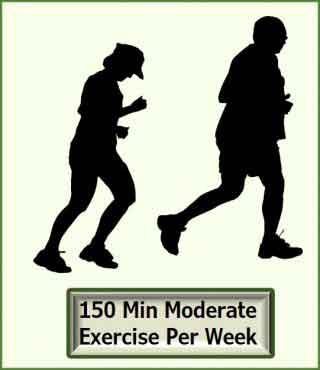
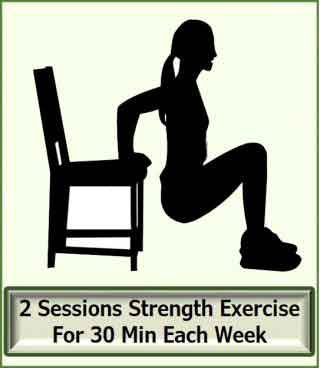
Exercise to keep increasing insulin sensitivity of active muscle. Daily exercise of moderate intensity stimulates muscles to clear sugar and fat from the blood. Active muscles use more energy and store more than muscles never used. Moderate intensity exercise consumes about 500 kcal every hour. A minimum of moderate intensity for 150 minutes every week also maintains strength and prevents loss of muscle mass.
Include resistance strength training to build new muscle. Strength training increases insulin sensitivity of muscle that’s repairing itself and building its structure. That draws down levels of sugar and fat in the blood flowing through it and creates an energy deficit everywhere else. That’s the signal for lipolysis and release of fatty acids from fat tissue.
At least 2 strength training sessions lasting 30 minutes each should be included every week.
Calories required to build muscle are enormously more than calories required to maintain it. Muscle builds slowly, about 1 pound every 2 or 3 weeks. That requires about 2,000 kcal a week or about 300 kcal a day.
Include high intensity interval training to combine aerobic endurance exercise with resistance strength training. The energy requirements of moderate aerobic endurance exercise are about doubled when combined with high intensity interval training.
Impact Of Fats On Insulin Resistance
Increased sugar and fat inside muscle cells that are not being used blocks the transfer effects of insulin. The block, called insulin resistance, prevents the clearance of sugar and fat into skeletal muscles. This happens quickly, within 3 hours after a meal especially when resting skeletal muscle is already packed with stores of sugar and fat from previous meals.
Saturated fatty acids have the greatest effect on blocking insulin transfer of fat and sugar into skeletal muscle. More than sugar and much more than unsaturated fatty acids.
Polyunsaturated and monounsaturated fatty acids actually restore and promote action of insulin to transfer sugar and fat into skeletal muscles.
Terms no longer permitted on Food Labels include Trans-fat and Partially Hydrogenated Fat. These terms describe types of fat which have even more harsh effects than Saturated Fat to increase insulin resistance.
Transfer of sugar and fat into liver cells is equally affected by fatty acids. Saturated fatty acids increase resistance to insulin transferring sugar and fat into the liver. Polyunsaturated and monounsaturated fatty acids actually increase transfer into liver.
A vicious cycle including the pancreas is formed. When persistent high levels cause sugar and fat build up in the pancreas, ability to secrete insulin is damaged. Decreased secretion of insulin further reduces transfer of sugar and fat into cells all over the body. Type 2 diabetes results and gets worse.
Sources Of Saturated And Unsaturated Fatty Acids
Saturated and unsaturated fats are found in many different foods. Saturated fats are densely packed with hydrogen and they’re solid at room temperature.
Saturated fats can be found in a variety of foods, including:
•Animal meat including beef, poultry, pork
•Certain plant oils such as palm kernel or coconut oil
•Dairy products including cheese, butter, and milk
•Processed meats including bologna, sausages, hot dogs, and bacon
•Pre-packaged snacks including crackers, chips, cookies, and pastries
Unsaturated fats in foods include:
•Nuts
•Plant oils such as olive, canola, vegetable, or plant oil
•Certain fish like salmon, tuna, and anchovy,
•Olives
•Avocados

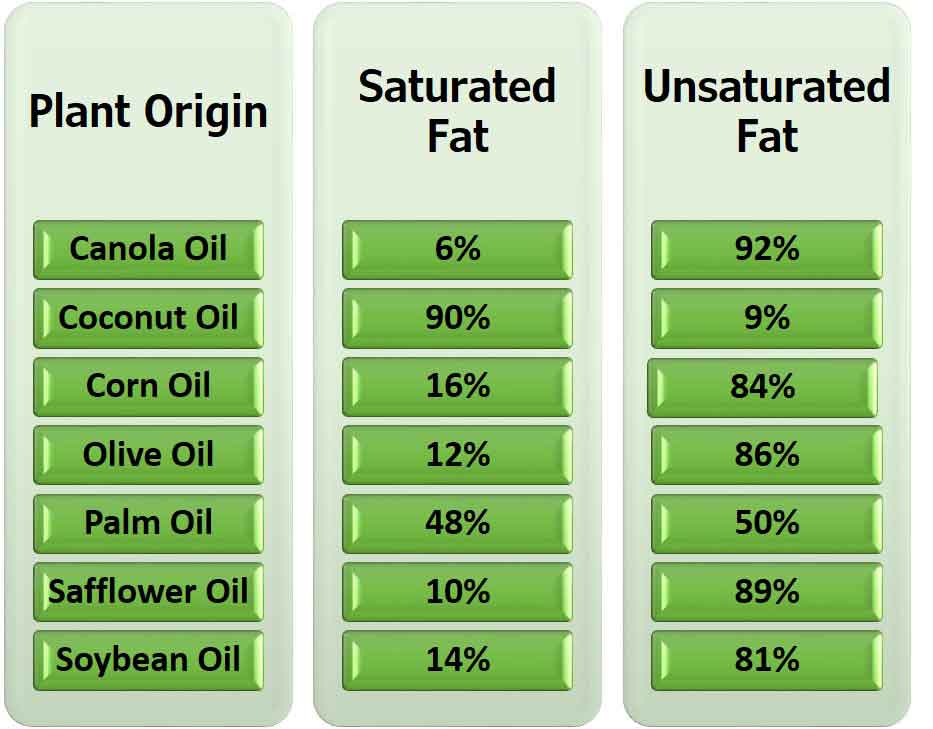
Suggestions for fat-healthy meals and snacks.
•Low-fat milk and dairy
•Lean meat instead of fatty cuts of meat
•Limit processed foods
•Fry in plant oil such as canola, corn, safflower or peanut oil (not olive oil)
•Grilling, baking, or steaming foods instead of frying
•Sauces, spreads and condiments containing unsaturated plant oils
•Choose healthful fats, such as sardines, avocados, olive oil, walnuts
General advice is to limit most saturated fats and increase amounts of unsaturated fats, such as plant oils, avocado, and fish.
Summary
Success reversing diabetes requires using more energy than is consumed in food and drink. The objective is to remove excess fat from skeletal muscle, liver and pancreas. Also, reduce % body fat to less than 25% (20% for men, 30% for women.)
Body recomposition is the desired result. Less % fat and more % lean skeletal muscle. That is achieved by increasing insulin sensitivity of skeletal muscle and decreasing insulin resistance of liver.
Success increasing insulin sensitivity of skeletal muscle depends on daily exercise training. Increasing insulin sensitivity in muscle during exercise decreases sugar and fat in the blood leaving muscle. That creates a calorie deficit in blood circulating through the rest of the body.
Success decreasing insulin resistance depends on reducing intake of saturated fat and increasing intake of unsaturated fat.
Let us help you with body recomposition by increasing exercise and adjusting composition of meals and snacks.
 We are pleased to share our blog articles with you, and we are always interested to hear from our readers. Our website address is: www.herdhealthcare.com
We are pleased to share our blog articles with you, and we are always interested to hear from our readers. Our website address is: www.herdhealthcare.com



